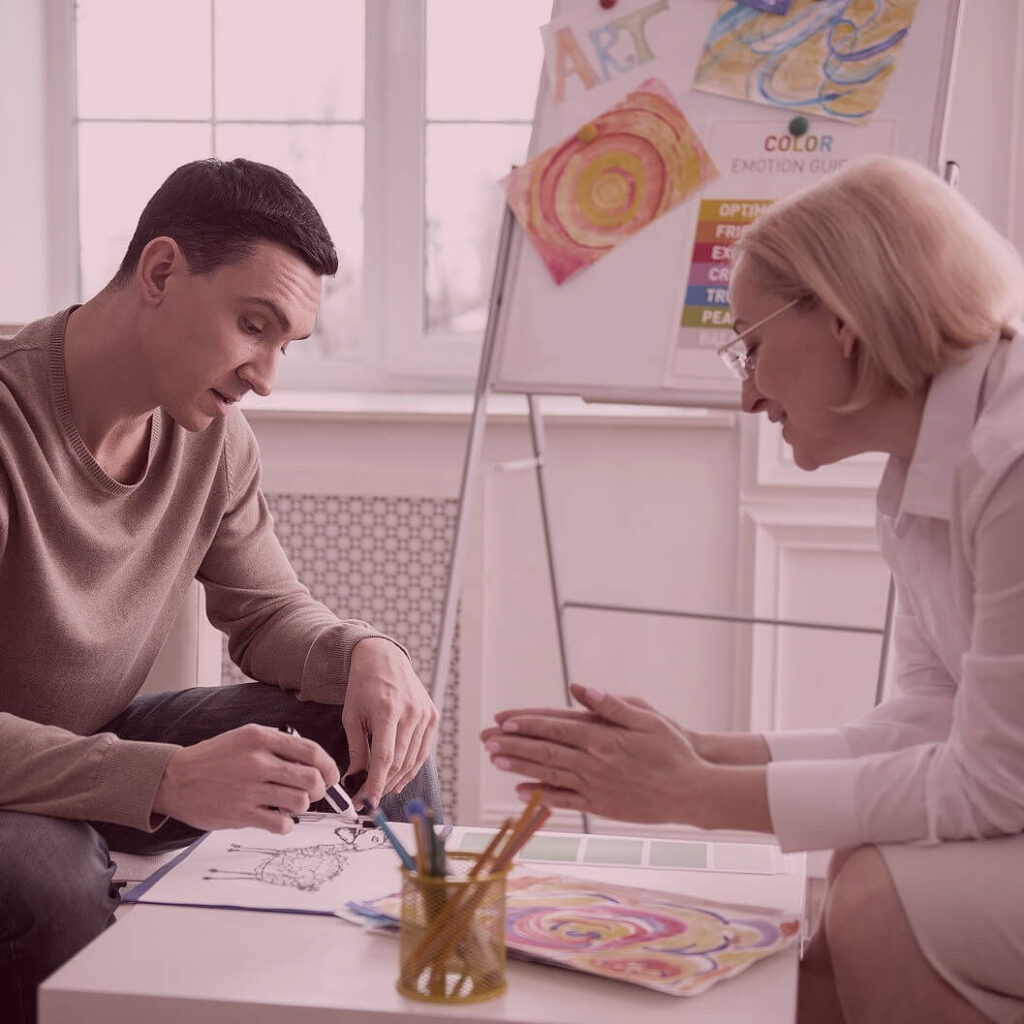

Principles of CBT Therapy
CBT aims to help you identify and explore the ways your emotions and thoughts can affect your actions. Once you notice these patterns, you can begin learning how to change your behaviours and develop new coping strategies.
CBT is largely based on the idea that your thoughts, emotions, and actions are connected. In other words, the way you think and feel about something can affect what you do.
If you’re under a lot of stress at work, for example, you might see situations differently and make choices you wouldn’t ordinarily make. But another key concept of CBT is that these thought and behaviour patterns can be changed.
According to the American Psychological Association, the core concepts of CBT include:
What is Cognitive Behavioural Therapy?
To better understand
Cognitive behavioural therapy (CBT) is a treatment approach that helps you recognise negative or unhelpful thought and behaviour patterns.
Many experts consider it the gold standard Trusted Source of Psychotherapy.
Therapeutic Session Costs
Relationship between Thoughts And Behaviours
CBT is based on the belief that thought distortions and maladaptive behaviours play a role in the development and maintenance of many psychological disorders and that symptoms and associated distress can be reduced by teaching new information-processing skills and coping mechanisms.

The Cycle Of Thoughts And Behaviours
Here’s a closer look at how thoughts and emotions can influence behavior — in a positive or negative way:
- Inaccurate or negative perceptions or thoughts contribute to emotional distress and mental health concerns
- These thoughts and the resulting distress sometimes lead to unhelpful or harmful behaviours.
- Eventually, these thoughts and resulting behaviours can become a pattern that repeats itself.
- Learning how to address and change these patterns can help you deal with problems as they arise, which can help reduce future distress.
So how does one go about reworking these patterns? CBT involves the use of many varied techniques. Your therapist will work with you to find the ones that work best for you.
Typical treatment often involves the following:
- recognising how inaccurate thinking can worsen problems
- learning new problem-solving skills
- gaining confidence and a better understanding and appreciation of your self-worth
- learning how to face fears and challenges
- using role play and calming techniques when faced with potentially challenging situations
The goal of these techniques is to replace unhelpful or self-defeating thoughts with more encouraging and realistic ones.
For example, “I’ll never have a lasting relationship” might become, “None of my previous relationships have lasted very long. Reconsidering what I really need from a partner could help me find someone I’ll be compatible with long term.”
These are some of the most popular techniques used in CBT:
- SMART goals. SMART goals are specific, measurable, achievable, realistic, and time-limited.
- Guided discovery and questioning. By questioning the assumptions you have about yourself or your current situation, your therapist can help you learn to challenge these thoughts and consider different viewpoints.
- Journaling. You might be asked to jot down negative beliefs that come up during the week and the positive ones you can replace them with.
- Self-talk. Your therapist may ask what you tell yourself about a certain situation or experience and challenge you to replace negative or critical self-talk with compassionate, constructive self-talk.
- Cognitive restructuring. This involves looking at any cognitive distortions affecting your thoughts — such as black-and-white thinking, jumping to conclusions, or catastrophising — and beginning to unravel them.
- Thought recording. In this technique Trusted Source, you’ll record thoughts and feelings experienced during a specific situation, then come up with unbiased evidence supporting your negative belief and evidence against it. You’ll use this evidence to develop a more realistic thought.
- Positive activities. Scheduling a rewarding activity each day can help increase overall positivity and improve your mood. Some examples might be buying yourself fresh flowers or fruit, watching your favourite movie, or taking a picnic lunch to the park.
- Situation exposure. This involves listing situations or things that cause distress, in order of the level of distress they cause, and slowly exposing yourself to these things until they lead to fewer negative feelings. Systematic desensitisation is a similar technique where you’ll learn relaxation techniques to help you cope with your feelings in a difficult situation.

What it can help with
CBT can help with a range of things, including the following mental health conditions:
- depression
- eating disorders
- post-traumatic stress disorder (PTSD)
- anxiety disorders, including panic disorder and phobia
- obsessive-compulsive disorder (OCD)
- schizophrenia
- bipolar disorder
- substance misuse
But you don’t need to have a specific mental health condition to benefit from CBT. It can also help with:
Effective treatments for CBT?
Cognitive behaviour therapy (CBT) is an effective treatment approach for a range of mental and emotional health issues, including anxiety and depression.
CBT aims to help you identify and challenge unhelpful thoughts and to learn practical self-help strategies. These strategies are designed to bring about immediate positive changes in your quality of life.


